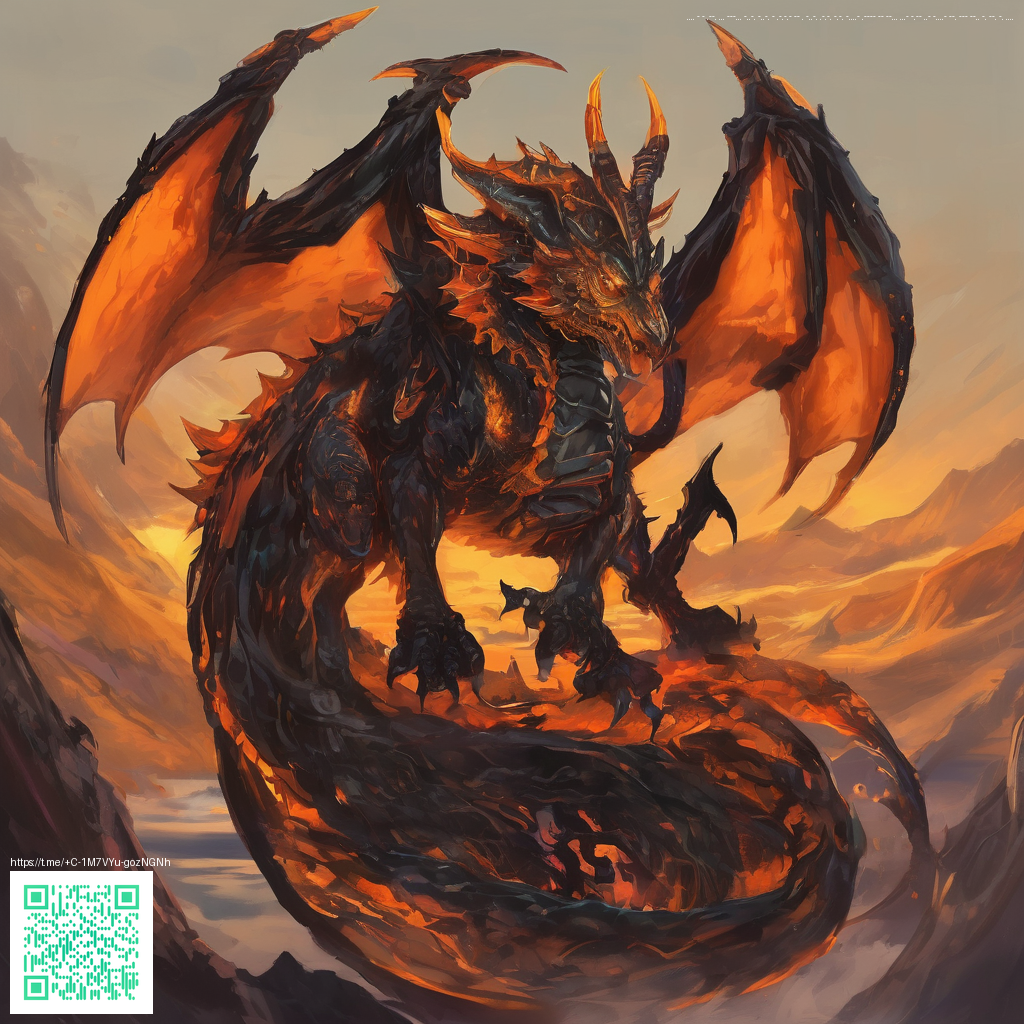
Religion and Mythology in Total War Warhammer III
Warhammer fantasy has long thrived on mythic resonance and sacred iconography, and the latest chapter in the Total War saga leans into that with gusto. In this title, religion and myth are not just window dressing they drive factions, narrative events, and battlefield aesthetics. From the four Chaos pantheons to the remnants of ancient orders and celestial heralds, the game threads myth through both campaign flow and tactical play. Creative Assembly has built a sandbox where belief systems become strategic levers and visual storytelling becomes a weapon in its own right. 💠
The campaign map hums with religious overtones as players encounter relic sanctums, sigils of power, and daemonic incursions inspired by the realms of Chaos. Each demon realm brings its own theological flavor a distinct cosmology that informs unit design, spell lines, and hero bonuses. While the game does not hinge on a single explicit faith system, the lore heavy approach makes faction identity feel meaningful rather than cosmetic. The result is a sense that every decision on the campaign map has metaphysical consequences, which is exactly what many players crave in a grand strategy setting.
Iconography and Lore That Shapes Gameplay
Visual language matters here. The red glare of Khorne allied units, the shifting sigils of Tzeentch, the sickly greens of Nurgle, and the velvet purples of Slaanesh all communicate allegiance at a glance. The UI, the tavern banter, and the campaign event chains are infused with mythic cadence, inviting players to read the map as a living grimoire. Beyond cosmetics, relics and holy wards encountered in sieges or during quest lines grant tangible bonuses, nudging players toward decisions that feel like vow making in a high fantasy pantheon.
Voice lines and ambient audio reinforce the sense that belief shapes reality. When a faction taps into a mythic ritual or calls upon a relic in the heat of battle, you feel the weight of centuries of lore pressing on your flank. It is not simply about winning a skirmish it is about aligning with a worldview that feels ancient and consequential. This tonal ambition is a through line that connects battlefield micro decisions with the broader mythic arc of the campaign.
From Lore to Battle Tactics
Mythology in this title translates into tactical coloration and strategic decisions. Units themed around divine patrons or demonic patrons come with unique buffs, morale quirks, and synergy opportunities. Players often balance the need to hold the line with a willingness to press into zones of power that grant temporary boons tied to the ongoing conflict among the gods. While no single deity unlocks an unstoppable meta, the interplay of loyalties and relics creates emergent playstyles that reward players for investing in lore driven goals rather than pure brute force. The result is a campaign pace where lore oriented choices cascade into battlefield advantages.
Patch cycles from Creative Assembly have nudged these dynamics in thoughtful ways. The team has detailed balance passes that preserve the mythic feel while smoothing edge cases that blocked creative strategies. Meanwhile the community policy around lore friendly storytelling has encouraged players to experiment with narration that echoes their preferred mythic flavor. This collaboration between developer intent and player experimentation has made myth driven playstyles more accessible without sacrificing depth.
Modding Culture and Faithful Tributes
Modders have embraced the mythic underpinnings of the game with vigor. Fan created banners, unit skins, and script changes extend the pantheon beyond the four original gods, letting players curate their own mythic rosters. Some mods reimagine relics as dynamic artifacts that evolve over campaigns, while others add purely cosmetic layers that reinforce a favorite belief system on the battlefield. The modding scene in this space is a celebration of lore fidelity blended with hands on experimentation a hallmark of the wider Total War community. The result is a living, breathing mythic ecosystem where players contribute to the canon as they play.
Developer Commentary and Community Feedback
Developers at Creative Assembly have emphasized a balanced approach to myth and gameplay. They aim to respect Warhammer lore while ensuring the strategic core remains accessible and fun for veterans and newcomers alike. The ongoing dialogue with the community around lore accuracy, unit balance, and narrative pacing has shaped how the game evolves through patches and updates. The net effect is a living mythos that users can both study and influence in meaningful ways, which elevates the sense of shared storytelling across thousands of games.
For players who want to dig deeper into the cultural conversation surrounding fantasy mythologies in card and strategy ecosystems, this is a prime example of how myth can thread through gameplay without overpowering strategic clarity. The approach invites players to experience religion and myth as a design language that informs choices on every front from army composition to siege tactics to endgame planning.
If you enjoy these explorations of lore, consider supporting independent gaming journalism that champions a decentralized approach to coverage. Your donation helps sustain diverse voices and community led perspectives that keep critical analysis accessible to a wide audience.
Support Decentralized Gaming Journalism